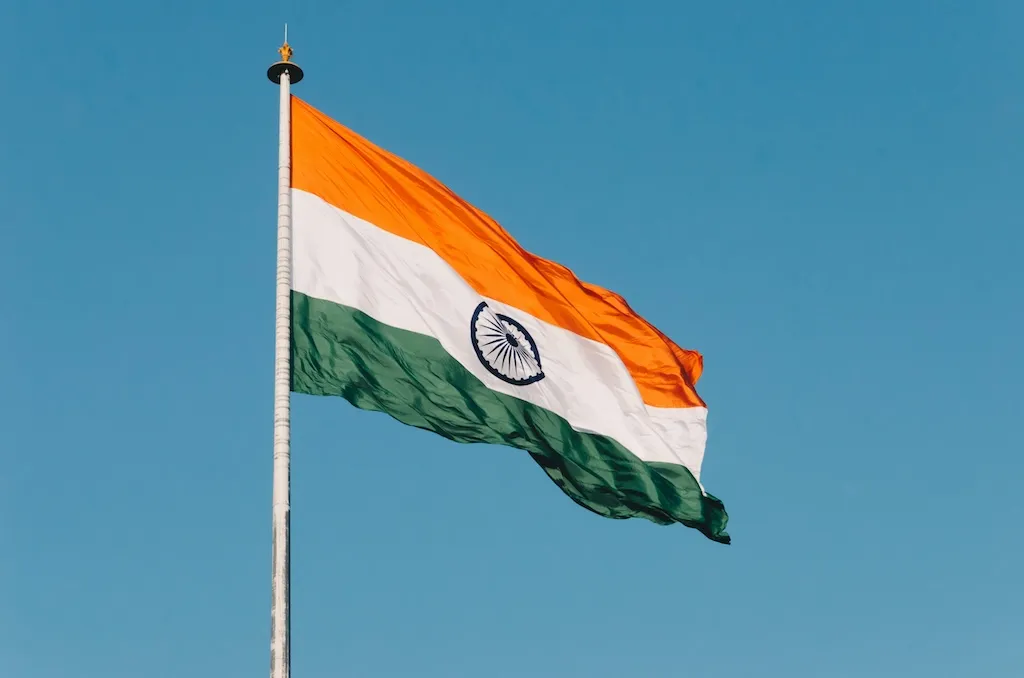The difference between hate speech and the dangerous kind
This piece was originally published on Livemint.com on March 4, 2020. It is republished here with permission.
It seems everyone is now an expert on hate speech. Most people tend to confuse hate speech with the speech they hate, rather than with speech that promotes hatred. And even justified criticism of politicians, ideas or traits gets described as “hate speech". That obfuscates the term and prevents any meaningful discussion. Worse, it does not allow for a more important discussion about the distinction between hate speech and dangerous speech.
The assembly elections in Delhi were unusually bitter, and the invectives that laced the speeches of two Bharatiya Janata Party leaders in particular, Anurag Thakur and Kapil Mishra, came in for special scrutiny, even from the high court. The speeches were not only misleading, but they were outrageous, insulting, malicious and spiteful, and revealed an appalling lack of civility. If the authorities were to interpret the laws literally, then there would have been a flurry of prosecutions under Sections 295A and 153A of the Indian Penal Code. The police would have arrested the offenders, regardless of their political status.
But the Delhi Police was surprisingly lenient, showing an unusually touching commitment to free expression in this instance. Of course, this does not show any new-found warmth from the police towards free speech; authorities in India remain extremely vigilant in other cases, and when others have complained, they seem eager to charge or nab the BJP’s opponents accused of making speeches criticizing the government on social media, or shouting slogans that, in the authorities’ view, might have destabilized the Indian republic, because they appear to think that the republic is vulnerable and fragile. A despicable slogan urging people to shoot those deemed unpatriotic had reverberated at BJP rallies, and was even raised at a Metro station and during so-called peace marches since, but the police have been indulgent.
Indian laws restricting speech that might disrupt harmony, offend sentiments or breach social order are fairly wide, but when the powerful have used such language, the prosecutors have been coy. Cases against politicians have rarely been filed; the procedures go on; witnesses turn hostile; and few, if any, get punished.
Political discourse has been uncivil in India for long, and no leader is immune from grotesquely insulting epithets. But calling such rude language “hate speech" is a matter of debate. The confusion around what constitutes hate speech could reduce significantly if we learn to distinguish between hate speech and dangerous speech. Dangerous speech may be defined as words that raise a significant risk that the audience will be encouraged and urged to unleash or condone violence on specific individuals or groups. Hate speech may be reprehensible, but need not be dangerous speech—which may be couched in euphemistic terms, but poses a clear and present danger of imminent violence. That’s why all democracies have laws against dangerous speech.
Dangerous speech should have restrictions. But ill-informed, bigoted, shocking, absurd speech, which may be gratuitously insulting to communities, religions or individuals, needs to be tackled head-on with counter-speech, facts and denunciations. Banning it glorifies those vile words.
American academic Susan Benesch, who runs the Dangerous Speech Project, offers a useful framework to distinguish hate speech from dangerous speech. Her questions:
- Is the speaker able to influence a large following?
- Is the audience susceptible? Would the audience get swayed by the rhetoric, or does it have access to alternative, accurate information?
- Does the language dehumanize a group? Radio Mille Collines in Rwanda continuously called Tutsis cockroaches and incited violence; genocide followed. The controversial British commentator Katie Hopkins called migrants “vermin", and the UN high commissioner for human rights criticized her. When alleged foreigners, who may simply lack proper documentation, are called “termites", such language would fall under just such a category.
- Does the audience believe it has a real—or imaginary —grievance? Think of the Serb leader Slobodan Milošević telling nationalists, “no one will beat you", and invoking mythical wounds while commemorating the 600th anniversary of the Battle of Kosovo in 1989, presaging the collapse of the former Yugoslavia.
- Does the speech talk of ethnic purity, describing opponents as outsiders polluting civilization?
- Is the language coded, like a dog-whistle, invoking subliminal imagery that resonates with the target audience even though the reference may be lost on others?
Hate speech may be morally condemnable, but it need not be criminal. It can offend, it can cause hurt and pain, and it should be combated and delegitimized through facts and counter-speech. Mohandas Gandhi knew how to do it; Karwan-e-Mohabbat is trying the same in India at the moment.
Confronting dangerous speech is more challenging because prominent politicians often indulge in it. If the state fails to act, it need not be because it can’t tell dangerous speech apart from hate speech, but perhaps because it knows where power resides.
Salil Tripathi is an award-winning journalist and author, contributing editor at Mint and Caravan, chair of PEN International's Writers in Prison Committee, and a visiting scholar at New York University.
Author Salil Tripathi examines the distinction between hate speech and dangerous speech in the context of elections in Delhi, India.
DownloadRead More


